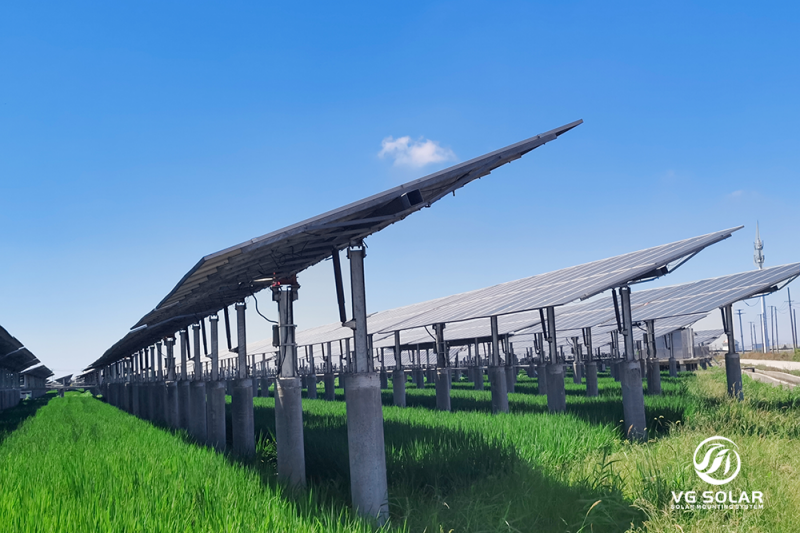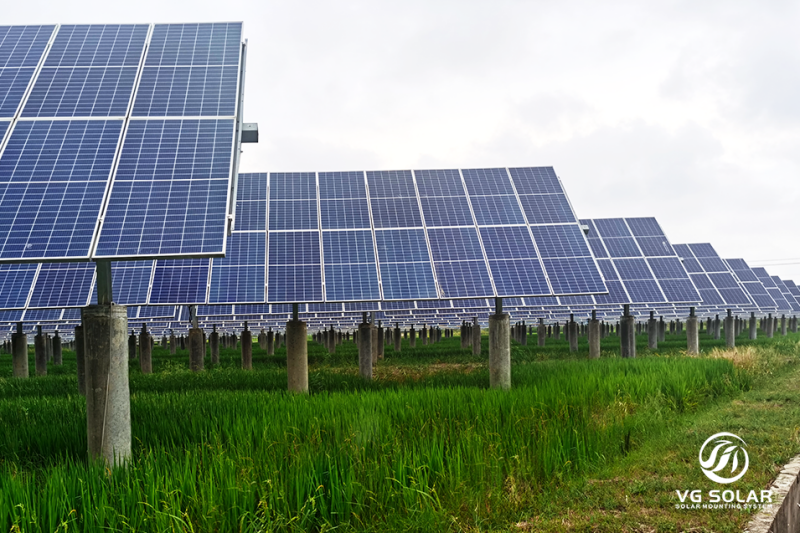In the growing renewable energy sector, photovoltaic (PV) tracking systems have become a key technology for maximising solar power generation. As the demand for clean energy continues to grow, PV tracking systems continue to innovate, integrating new technologies such as artificial intelligence (AI) and big data analytics. These advances not only improve the accuracy of tracking sunlight, but also significantly increase the revenue potential of power plants.
At the heart of a photovoltaic tracking system is the ability to follow the sun’s path across the sky. Traditional fixed solar panels capture sunlight at static angles, which can result in sub-optimal energy yields, particularly in the early morning and evening hours. Tracking systems, on the other hand, adjust the angle of the panels throughout the day, ensuring that they are always in a position to capture maximum sunlight. This dynamic capability is critical to increasing the overall energy output and economic viability of solar projects.
The combination of artificial intelligence and photovoltaic tracking systems represents a major leap forward. AI algorithms can analyse vast amounts of data, including weather patterns, historical sunshine levels and real-time environmental conditions. By processing this information, AI can predict the best locations for solar panels with great accuracy. This predictive capability allows power plants to proactively adjust their systems to ensure they are always operating at peak efficiency. As a result, the more energy that is generated and fed into the grid, the higher the generation revenues.
In addition, the incorporation of big data analytics further improves the effectiveness of PV tracking systems. By utilising data from multiple sources, including satellite imagery and ground-based sensors, operators can gain insight into the performance of their solar installations. This data-driven approach allows them to identify trends, optimise maintenance schedules and make informed decisions about system upgrades. The ability to adapt to changing conditions not only reduces operating costs, but also improves the overall efficiency of power generation.
One of the most significant benefits of the innovative trend in photovoltaic tracking systems is their adaptability to different terrains. Traditional solar installations often face challenges when deployed on uneven or rugged terrain. However, modern tracking systems are designed to be more flexible, allowing them to be installed in different environments without compromising performance. This adaptability not only expands the potential locations for solar farms, but also reduces installation costs, making solar energy more accessible and economically viable.
In addition, continued innovation in photovoltaic tracking technology is reducing the cost of solar energy production. As manufacturers develop more efficient tracking systems, the initial investment required for installation is increasingly justified by the long-term energy output and revenue gains. This trend is particularly important as global energy markets shift towards sustainable development and governments and businesses seek to reduce their carbon footprint.
In summary, PV tracking systems continue to innovate and integrate cutting-edge technologies such as artificial intelligence and big data to enhance their capabilities. By improving the accuracy of sunlight tracking, these systems help power plants maximise energy production and ultimately increase revenue. Adaptability to a variety of terrains and reduced operating costs further solidify the role of photovoltaic tracking systems as a cornerstone of the renewable energy sector. As the world moves towards a more sustainable future, advances in PV tracking technology will undoubtedly play a key role in shaping the solar energy landscape.
Post time: Feb-14-2025


